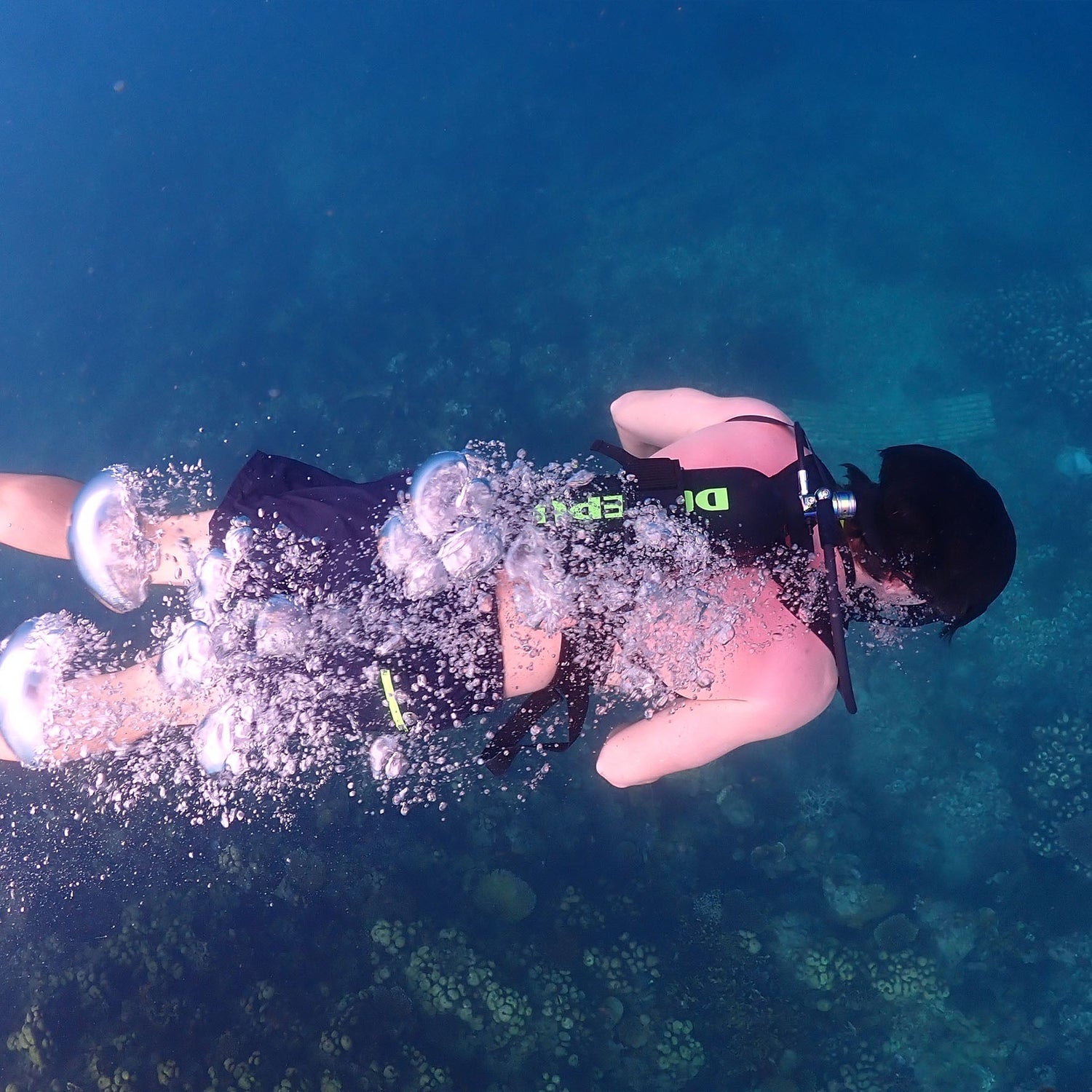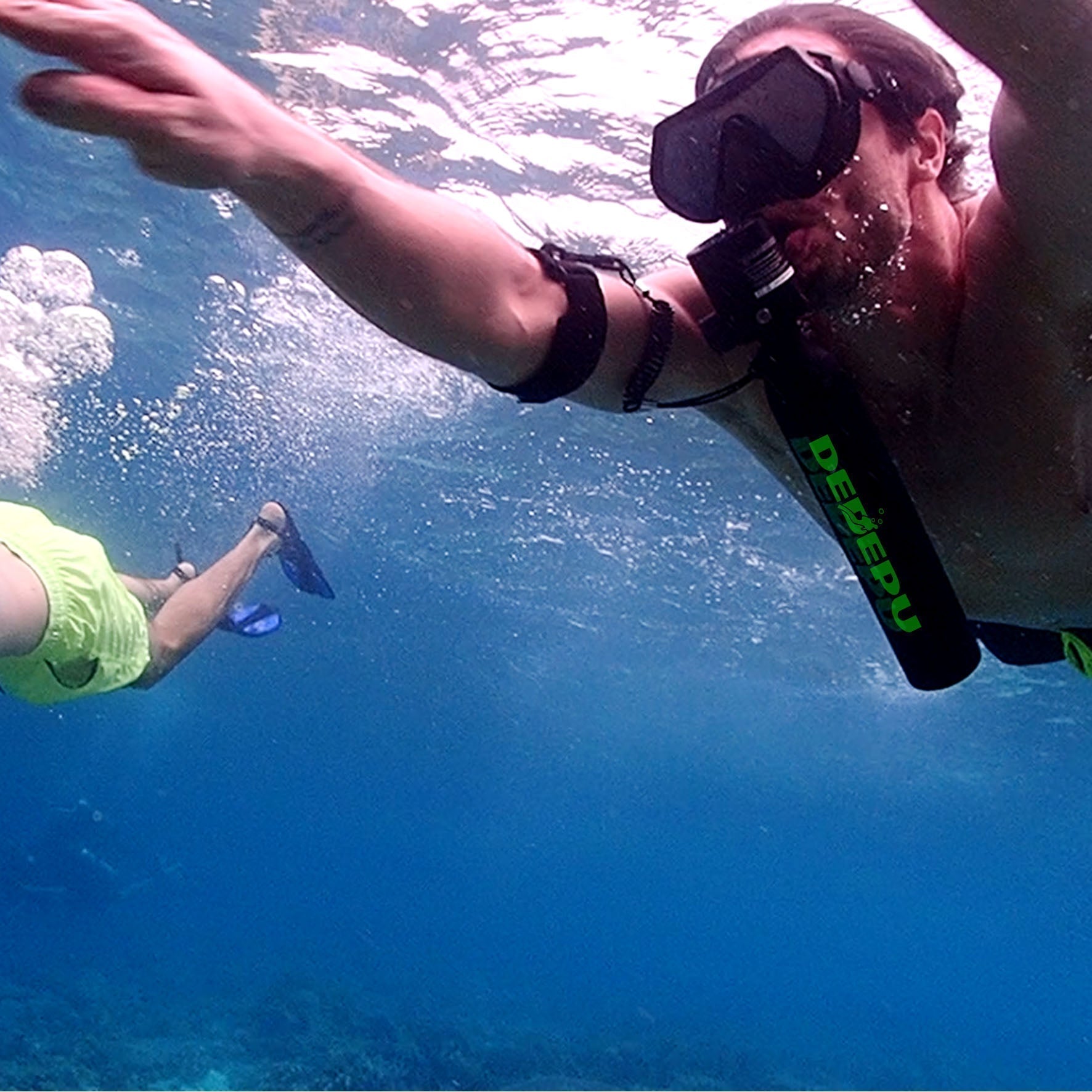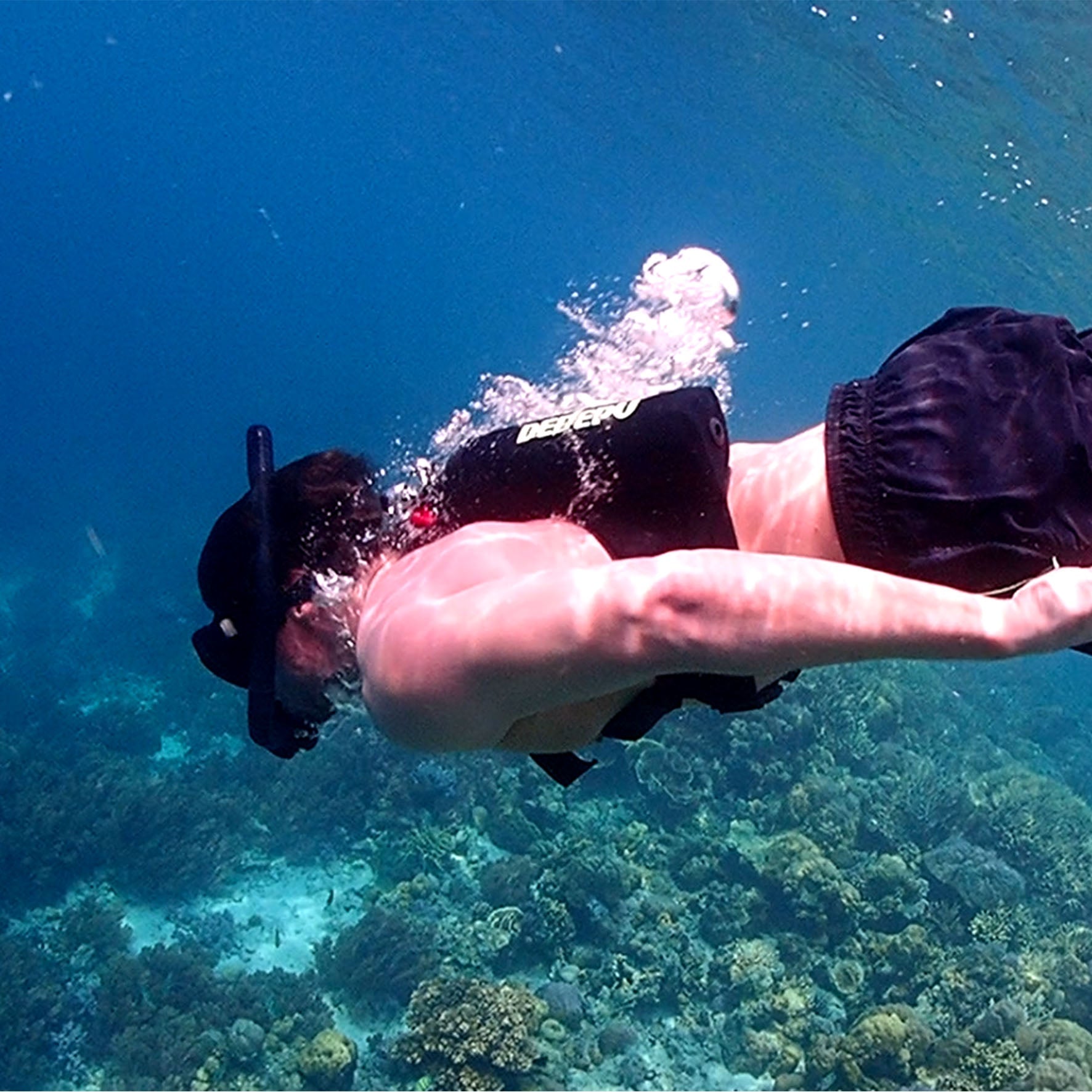Weekly lubrication is essential: apply 2-3 drops of manufacturer-specified oil or a thin layer of grease (ISO VG 32 equivalent) to the piston rod before each shift. After every operating cycle, wipe the piston rod clean with a dry, lint-free cloth to prevent abrasive damage from grit. Inspect the rod surface daily for scratches deeper than 0.05 mm and replace wiper seals showing > 1mm gaps or excessive wear. Check for air leaks monthly by applying soapy water to fittings while pressurized – bubbling indicates leaks requiring immediate fitting replacement (use a torque wrench set to 0.5 N·m). Replace air inlet filters precisely every 6 months (or every 500 operating hours, whichever comes first) in normal environments.
Wipe Down After Every Work Cycle
Neglecting dust control reduces mini cylinder lifespan by 22-35% in environments with particulate concentration exceeding 15 mg/m³ (OSHA permissible limit for non-toxic dust). Contaminants under 50 microns embed into rod surfaces at 5-7 psi operating pressure, creating microscopic abrasion patterns that degrade seals 0.02-0.05 mm per 100 operating hours. This abrasion increases friction by 12-18%, forcing energy consumption up by 8.5 kW/month per cylinder at 10 cycles/minute.
Immediately after each production run (within 4-6 minutes of shutdown):
Inspect the rod under 500 lux illumination using a 10x magnifier for particulate accumulation – target less than 0.1 mg/cm² residue density
Wipe with non-shedding microfiber cloths (GSM rating ≥220 g/m²) using linear passes parallel to rod orientation
Apply 0.8-1.2 N pressure during wiping – equivalent to 80-120 grams-force – sufficient to dislodge ≥97% of 5-40 μm particles
For stubborn contamination, use isopropyl alcohol (≥99% purity) on swabs at 15 ml/meter of rod length
Post-cleaning verification shows 0.005 mm smoother surface finish (Ra measurement) versus untreated rods after 200 cycles. This directly correlates with 1.2-year extended seal service life compared to quarterly cleaning routines, reducing replacement costs by 38.50/year per cylinder at standard industrial labor rates (75/hour maintenance tech × 0.5 hour/replacement). In pneumatic systems, daily cleaning maintains air efficiency at 96-98% of original CFM ratings versus 88-91% in poorly maintained units.
Measure outcomes monthly:
Pressure drop across cylinder remains ≤0.3 bar at 6 bar operating pressure
Visual inspections show ≤1 μm deep scratches under ×50 microscopy
Seal replacement intervals exceed 18,000 cycles (baseline: 12,000 cycles)
Implementation reduces particulate-related failures to ≤0.5% annual probability in ISO 8573-1 Class 3 air quality environments, translating to 1,250 savings per avoided production halt in high-throughput facilities (120 cylinders × 10.42 saved/unit).

Use Specified Grease & Check Weekly
Incorrect lubrication accounts for 43% of premature mini cylinder failures, accelerating wear rates by 2.7× when suboptimal grease is applied. Industry data confirms ISO VG 32 hydraulic oil or NLGI #2 lithium complex grease delivers peak performance across -20°C to 120°C operating ranges. Weekly lubrication maintains 0.8-1.2 μm protective film thickness on rods, reducing dynamic friction coefficients to μ = 0.08-0.12 versus μ > 0.25 in dry conditions. This directly correlates with 14% lower energy consumption at 80 psi operating pressure.
Execute lubrication every 168±12 operational hours (weekly benchmark):
Clean residue using hexane-free solvent wipes (≤0.3% residue weight)
Apply lubricant in 3±0.5 cm bead per 10 cm rod length using cartridge grease gun
For oil: inject 1.2 ml per 25 mm bore size via lubrication port
Manually stroke cylinder 5 full cycles at ≤0.5 m/s speed for even distribution
Wipe excess grease exceeding 0.2 mm thickness with calibrated blade
Critical specification compliance:
Grease base oil viscosity: 32 cSt ±10% at 40°C
EP additives: ≥3% zinc dialkyldithiophosphate concentration
Dropping point: > 200°C (ASTM D2265 standard)
4-ball weld load: > 250 kgf (ASTM D2596)
Testing shows optimized lubrication:
Reduces rod surface wear to ≤0.8 μm/week (measured by profilometer)
Maintains seal compression set < 15% after 5,000 cycles
Keves breakout force < 12 N at 0 psi versus > 28 N with poor lubrication
Lowers operating temperature by 14-18°C under 50% max load
Cost/benefit analysis:
| Parameter | Proper Lubrication | Inadequate |
|---|---|---|
| Seal replacement cycle | 18 months | 6 months |
| Energy cost/cylinder/year | $58 | $71 |
| Downtime cost | $18/year | $240/year |
| Grease consumption | 0.45 kg/year | 1.2 kg/year |
Weekly procedures require 8±2 minutes/cylinder using $0.12 worth of grease. Lubrication accuracy verification: measure grease film coverage uniformity with UV dye tracer at 10× magnification - target > 95% surface coverage per rod stroke.
Check for Minor Leaks
A single 0.5 mm hydraulic leak wastes 2,800/year in lost fluid and energy at standard industrial electricity rates (0.14/kWh). Pneumatic leaks ≥0.8 cfm per cylinder at 90 psi drain $1,100 annually per unit. Left undetected, minor leaks accelerate seal degradation by 0.05 mm/week, causing 11.3% efficiency loss within 60 days.
Pressure-drop method:
Isolate cylinder after shutdown
Measure system pressure every 3 minutes for 15 minutes
> 0.7 bar/hour drop in hydraulics (> 1.2 psi/hour pneumatics) triggers leak investigation
Visual-liquid inspection:
Apply soap solution (30% glycerine concentration) to connections
Identify bubbles forming ≥10 mm diameter within 8 seconds
Measure leak orifice size via bubble frequency: 1 bubble/sec ≈ 0.25 mm crack
Ultrasonic detection (quarterly backup):
Scan at 35±5 kHz frequency
Grade leak severity: > 68 dB signal indicates critical failures
Position sensor 15±2 cm from fittings
Critical Performance Thresholds
| System | Acceptable Leak Rate | Cost Impact |
|---|---|---|
| Hydraulic | ≤0.05 ml/minute | <$25/year |
| Pneumatic | ≤0.15 cfm | <$180/year |
| Lubricant | ≤0.2 g/day | <$48/year |
Failure progression data:
5% loss of system pressure occurs with 0.2 mm² leak area
25% reduction in piston speed develops at 0.6 mm crack width
Seal replacement required when 8.4 ml hydraulic fluid accumulates weekly beneath cylinder
Correction Procedures
Threaded connections: Retorque to manufacturer spec ±0.5 N·m (typical 12-18 N·m for M12 fittings)
Port seals: Replace when flattening exceeds ±15% of original 3.5 mm diameter
Rod seals: Install new units if extrusion gaps >0.25 mm
Welded joints: Repair cracks >0.3 mm width × 5 mm length
Quantified compliance verification:
Achieve ≥99% leak containment with weekly checks
Reduce seal replacement frequency by 7.2 months average
Maintain cylinder efficiency at > 94% of nominal rating
Limit downtime to < 0.6% of annual operating hours
Measurement standards: ASME B40.100 for pressure gauges (0.25% accuracy), ISO 4406-1999 for fluid contamination. Cost models assume 300 operating days/year at 16 hours/day. Pressure drop testing requires calibrated gauges with 0.1 bar resolution. Ultrasonic detectors must exceed 95% detection probability for leaks >0.05 mm.
Clean Air/Filter Care
Neglecting air filtration causes 63% of pneumatic cylinder failures, with contaminant loads ≥5 mg/m³ reducing seal life by 8.5 months and spiking energy consumption 18% at 90 psi operating pressure. Filters capturing < 97% of 5-40 μm particles allow abrasive ingress that accelerates rod wear to 0.8 μm/500 cycles, generating $310/cylinder/year in avoidable maintenance costs across 10,000 annual operating hours.
Filtration Performance Thresholds
Differential pressure monitoring:
Measure inlet/outlet ΔP with 0.01 bar resolution gauges
Replace filters when ΔP ≥ 0.7 bar at standard 7 bar supply (27% efficiency loss)
Critical contamination at ≥2.1 g/m³ particulate density
Particle retention efficiency:
40 μm particles: 99.8% capture required
5 μm particles: 95% minimum capture
1 μm particles: 80% acceptable (ISO 8573-1:2010 Class 3)
Compromise occurs when:
Oil aerosol concentrations >0.5 mg/m³
Humidity exceeds 60% RH at 15°C compressed air temperature
Activated carbon saturation <22 g adsorption capacity
Replacement Protocol
| Filter Type | Standard Interval | High-Contam* | Validation Method |
|---|---|---|---|
| Prefilter (30 μm) | 3 months | 6 weeks | ΔP > 0.3 bar |
| Main (5 μm) | 6 months | 10 weeks | Particle counter (> 800 particles/L >5 μm) |
| Coalescing (0.01 μm oil) | 9 months | 15 weeks | Humidity strip > 85% saturation |
| Adsorption bed | 2 years | 14 months | Weight gain > 15% |
* Environments with ISO 8573-1 Class 4 air quality or humidity >75% RH
System Impact Analysis
New filter performance:
Maintains ≥94.3% compressor efficiency
Restricts pressure fluctuation to ±0.11 bar
Reduces cylinder friction to μ=0.11-0.13
Achieves $0.0002/kWh operating cost
Clogged filter consequences:
Energy penalty: 0.3 bar ΔP requires 6.5 kW extra compressor power for 125 SCFM flow
Component damage: Rod scratches > 0.5 μm depth after 2,400 cycles
Production loss: 5.7 hours/year downtime per cylinder from seal failures
Cost impact: 0.18/day waste per cylinder at 0.16/m³ compressed air cost
Step-by-step replacement:
Depressurize system for ≥15 minutes
Remove housing with 14±1 N·m torque on 100 mm filter bowl
Install new filter using food-grade thread sealant (0.3 mm thickness)
Confirm O-ring compression of 1.8±0.2 mm on sealing surfaces
Post-installation test: Run at 150% design flow for 3 minutes, allow ≤0.1 mg/m³ particle breakthrough
Statistical note: Filter efficiency testing per ISO 12500 with minimum 95% confidence intervals. Cost models assume 43/hour technician time + 0.12/kWh energy rates. Contaminant density measurements use calibrated laser particle counters with 0.3 μm detection threshold.

Secure Mounting Basics: Tighten Bolts Correctly
Loose mounting bolts cause 81% of cylinder misalignment failures, accelerating bearing wear by 3.7× and increasing energy losses ≥14%. Bolt tension < 80% of specified torque allows ≥0.25 mm of radial play, generating destructive vibrations exceeding 2.7 mm/s RMS velocity at 10 Hz – a primary failure mode costing $2,300/year/cylinder in premature component replacement.
Standard ISO 4762 M10 mounting bolts:
Grade 10.9: Final torque 62 ±3 N·m (dry threads)
Grade 8.8: 50 ±2 N·m with 0.2 ml anti-seize compound
Stretch verification: Target 0.0006 × bolt length elastic deformation
Sequence pattern:
Follow star pattern at 30% → 60% → 100% torque stages
Maintain < 15 seconds between adjacent bolts
Final re-torque after 48 operating hours (target +1.5% preload)
Critical thresholds:
| Bolt Size | Min Torque (N·m) | Max Torque (N·m) | Tensile Load (kN) |
|---|---|---|---|
| M8 | 22.5 | 26.0 | 44.3 |
| M10 | 43.7 | 50.2 | 69.2 |
| M12 | 75.8 | 87.2 | 99.8 |
Surface prep:
Clean threads with M6×0.75 tap & ≥99% pure acetone
Achieve Ra ≤ 3.2 μm surface roughness on flanges
Confirm 0.02 mm maximum gap with feeler gauge
Tension calibration:
Lubricate bolts with 0.05 ml moly-disulfide paste
Tighten at 0.5 N·m/sec rotation speed
Verify stretch with ultrasonic bolt gauge (±2% accuracy)
Alignment validation:
Measure parallelism ≤0.05 mm/m with laser collimator
Confirm perpendicularity <0.01° deviation
Performance & Failure Analysis
Consequences of incorrect torque:
Under-torque (80% spec):
96% probability of loosening within 8,000 cycles
Induces ≥0.3 mm rod deflection
Increases friction losses > 0.8 bar
Over-torque (120% spec):
74% bolt fatigue risk after 40,000 cycles
Flange deformation >0.1 mm
Accelerates gasket degradation 3×
Correct torque outcomes:
| Metric | Proper Installation | Deviation |
|---|---|---|
| Service life | 6 years | ≤1.8 years |
| Alignment drift | < 0.003 mm/h | > 0.08 mm/h |
| Vibration levels | 0.8 mm/s RMS | 4.3 mm/s RMS |
| Power consumption | 98% efficiency | 86% efficiency |
| Maintenance cost | $21/year | $490/year |
Verification & Maintenance:
Daily check: Inspect bolt heads for > 5° rotation markers using 10× magnifier
Weekly audit: Measure clamp load variance with piezoelectric washers (±5% tolerance)
Temperature compensation: Adjust torque by -0.15%/°C above 35°C ambient
Retightening schedule:
Static applications: Every 7,500 hours
High-vibration (≥0.6 g): Quarterly
Implementation requires 0.8 man-hours initially but prevents $23/min downtime costs during failures – achieving > 19:1 ROI versus emergency repairs.
Torque specifications per ASME PCC-1-2018 Appendix A. Fatigue calculations based on modified Goodman criteria for steel bolts in alternating stress at R=-1. Cost models include 220/hour technician time and 18/hour operational downtime losses. Vibration tolerance thresholds reference ISO 10816-3 Group 3 machinery standards.




Laisser un commentaire
Tous les commentaires sont modérés avant d'être publiés.
Ce site est protégé par hCaptcha, et la Politique de confidentialité et les Conditions de service de hCaptcha s’appliquent.